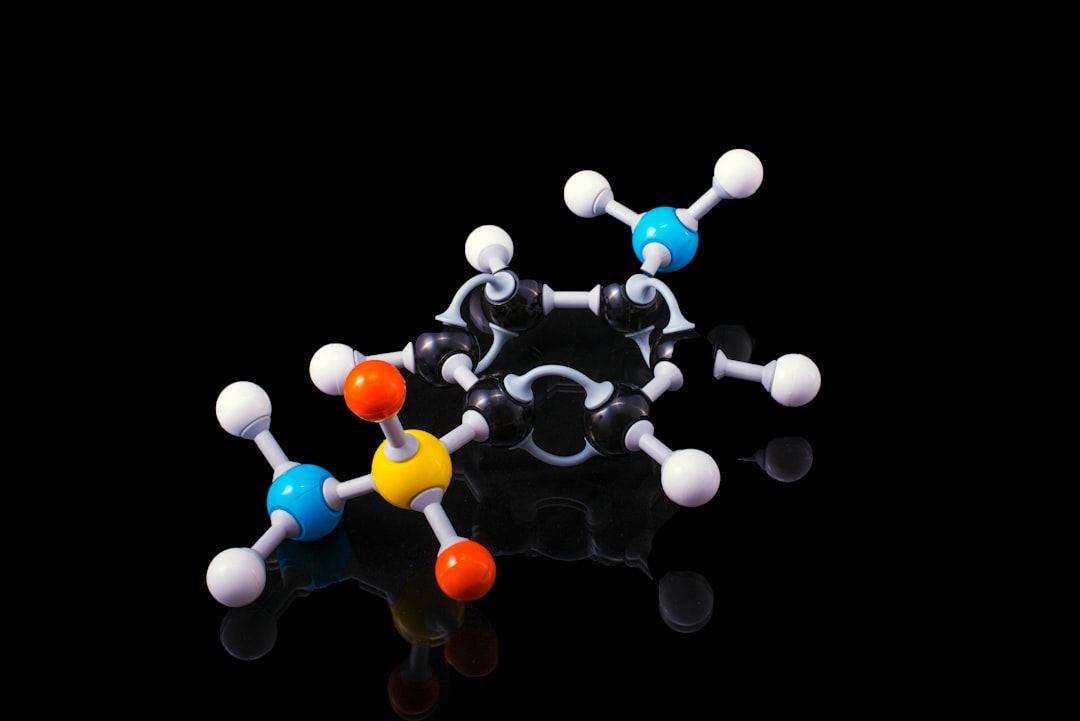What is it about?
Waste engine oil is an environmentally hazardous waste that is difficult to dispose off due to the presence of undesirable species, such as soot and metals. Microwave pyrolysis has recently shown promise as an environmentally friendly disposal method for waste oil. The use of microwave radiation as a heat source is known to offer additional advantages over traditional thermal heat sources and the combination of carbon-based material and the novel use of microwave heating in pyrolysis processes is of increasing interest. In this study, microwave pyrolysis using a reactor bed of particulate-carbon was performed on waste oil in the additional presence of different amounts of metallic-char produced previously from the pyrolysis process as the catalyst in order to understand the influence of the chemical nature and amount of the metallic-char on the yield of pyrolysis products and with an emphasis on the chemical composition of the oil and gaseous products.
Featured Image
Why is it important?
The results in this study have indicated that the use of metallic-char obtained from the previous pyrolysis of waste oil as a catalyst showed a significant influence on the product distribution in this pyrolysis process and led to the production of useful light hydrocarbons, H2 and CO gases in the pyrolysis products. The use of metallic-char combined with microwave pyrolysis showed advantages in enhancing the reaction rates and the selectivities of the products. This presents new information on the use of metallic-char as a catalyst in microwave pyrolysis treatment of problematic waste oils. It can also be inferred from these results that if the microwave pyrolysis of waste oil were performed in a continuous operation over a long period of time, the increased amount of metallic-char that would be generated and trapped within the particulate-carbon bed would exert a similar catalytic influence and promote altering product compositions due to enhanced cracking and heterogeneous reactions occurring as a result of the formation of hot spots within the reactor.
Read the Original
This page is a summary of: Catalytic microwave pyrolysis of waste engine oil using metallic pyrolysis char, Applied Catalysis B Environment and Energy, October 2015, Elsevier,
DOI: 10.1016/j.apcatb.2015.04.014.
You can read the full text:
Contributors
The following have contributed to this page










